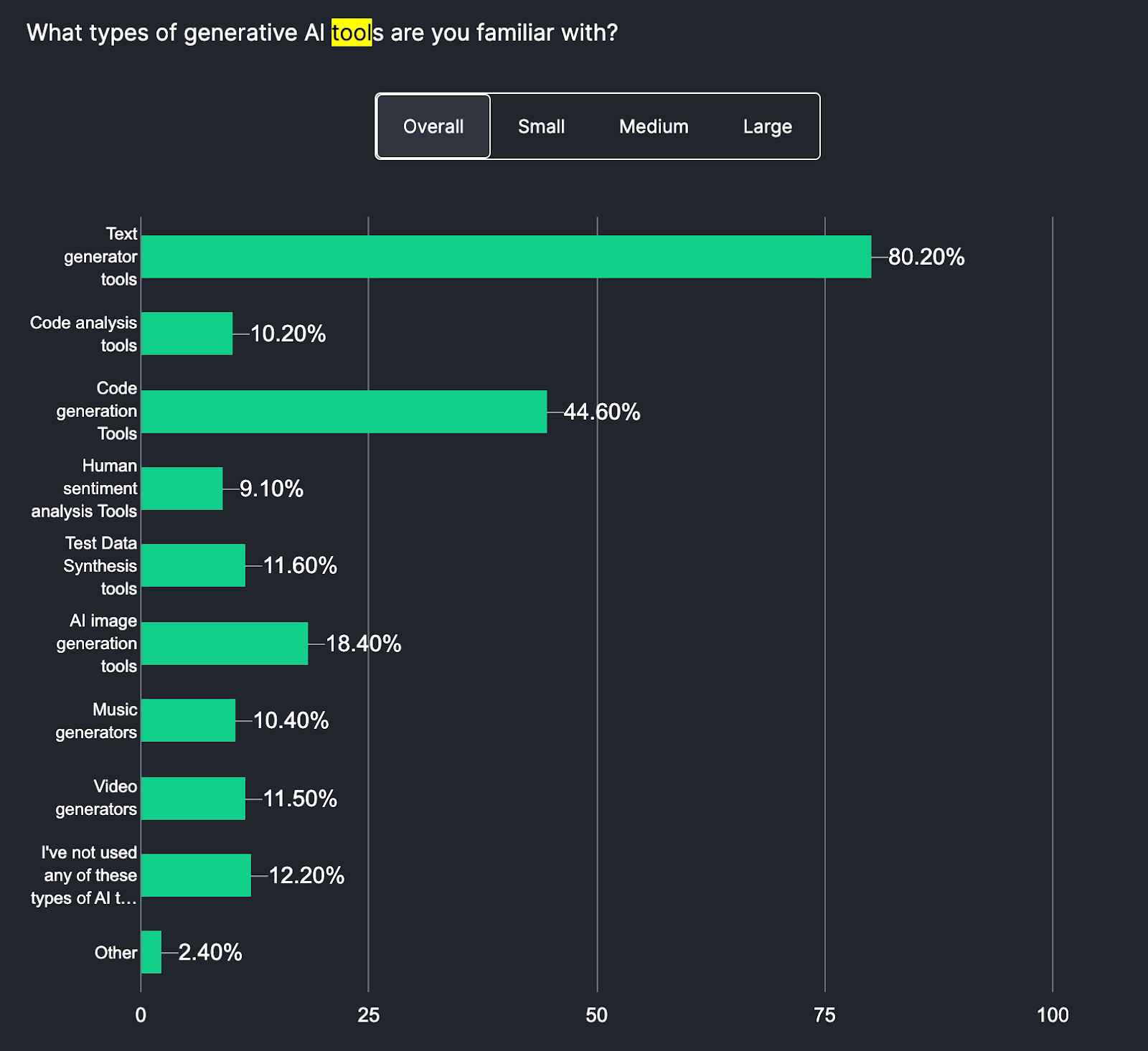Scaling Smart: Tools for Efficient Test Infrastructure Growth
Misba Kagad
Posted On: March 15, 2024
![]() 28726 Views
28726 Views
![]() 6 Min Read
6 Min Read
Innovation is essential to stay ahead of the competition in the software development world, ensuring the reliability and caliber of the products delivered is paramount. This needs rigorous testing techniques, which necessitates a well-managed and scalable test infrastructure. However, when teams increase and projects expand in scope, the challenges of scaling up test infrastructure become more apparent. It requires tremendous time investment, meticulous planning, and strategic resource allocation.
We’ll dive deeper into these difficulties and show some clever solutions provided by current technologies for efficiently managing and scaling test infrastructure, allowing teams to meet increasing testing demands without losing time or resources.
Understanding the Challenges
While scaling up your test infrastructure, you encounter various challenges that must be addressed to ensure high performance and a smooth software development process. Let us take a closer peek at some of these challenges.
1. Resource Allocation
As the number of tests and testing environments grow it’s directly proportional to the demand for resources like hardware, software license, and human labor. As projects grow in size, it’s difficult to ensure that the right resources are available right in time and in the required quantity. Resource allocation is even more crucial in contexts when different teams share the same resources, as it might cause disagreements, resulting in bottlenecks and delays.
2. Maintenance Overhead
With a larger infrastructure comes higher maintenance costs. Updating dependencies, resolving bugs, and guaranteeing compatibility across several components grow more complicated and time-consuming. As the number of test cases increases, managing test scripts and settings becomes more difficult, resulting in potential errors and inconsistencies that can jeopardize test reliability and efficacy.
3. Test Execution Time
As the test suite grows, it requires more time to run all the tests. This has a substantial impact on development cycles, delayed feedback loops, and slowing down the overall development process. Long test execution times not only impact and slow productivity but also development teams’ agility, making it difficult to act according to the changing needs and market conditions.
4. Cost Management
Scaling up infrastructure results in higher expenditures, including hardware, software licenses, maintenance, and labor expenses. Managing the costs while maintaining performance, quality, and reliability is a delicate balance that requires thorough planning and budgeting. Inefficient cost management results in budget overruns, resource constraints, and, eventually, project delays or failures.
Smart Solutions for Efficient Management
Fortunately, there are various technologies and best practices available that provide intelligent solutions for maintaining and scaling test infrastructure effectively. Let’s look at some of these options in detail;
1. Containerization with Docker
Docker containers provide a lightweight, portable solution for packaging apps and their dependencies. By containerizing test environments, ensures consistency across different platforms and easily scales resources up or down as needed. This approach also facilitates easier deployment and management of testing environments. LambdaTest State of Test Intelligence Toolset survey states that 71.4% of businesses use in-house, open-source, or commercially licensed tools for test intelligence and analytics.
2. Infrastructure as Code (IaC)
Leveraging Infrastructure as Code principles using tools like Terraform or AWS CloudFormation allows teams to create and provision infrastructure with code. This allows for automatic, recurring deployments of test environments, minimizing manual labor while assuring consistency across environments. The use of IaC is extremely common, with 28.60% of organizations using test intelligence and analytics setup.
3. Continuous Integration/Continuous Deployment (CI/CD)
CI/CD pipelines automate the process of creating, testing, and releasing software. By including testing in these pipelines, teams can ensure that each code update is thoroughly tested before it is released to production. This not only increases software quality but also saves time and effort during testing. The State of Test Intelligence Toolset indicates that 30.07% of organizations favor open-source platforms for generating and managing their test reports, highlighting the importance of streamlined reporting practices in CI/CD workflows.
4. Cloud-Based Testing Platforms
Cloud-based testing solutions, such as LambdaTest, enable teams to access a variety of testing environments and devices on demand. This eliminates the need to maintain physical hardware while also providing scalability without requiring an upfront infrastructure investment. Cloud-based testing platforms offer a cost-effective approach to scale test infrastructure. Teams simply pay for the resources they use, removing the hassle of managing and maintaining hardware and software. These platforms provide a wide range of testing settings, such as different operating systems, browsers, and mobile devices, allowing teams to assure compatibility and stability across several platforms and configurations.
5. Test Orchestration Tools
Jenkins, Travis CI, and CircleCI are all powerful orchestration tools that enable teams to automate test execution and efficiently manage complicated workflows. These solutions work smoothly with version control systems and other development tools to streamline the testing process. Test orchestration solutions allow teams to plan, schedule, and execute tests across various environments and platforms, resulting in more extensive test coverage and shorter feedback cycles. These technologies assist teams in scaling their testing efforts successfully by automating repetitive operations and coordinating complicated testing workflows, reducing manual labor and human error. The State of AI/ML in Testing reveals that 80.2% of organizations use text generation tools like ChatGPT, indicating a widespread adoption of AI-driven solutions in testing.
State of AI/ML in Testing
AI and machine learning (ML) technologies are transforming software testing. According to the State of AI/ML in Testing report, businesses are rapidly deploying AI-driven solutions across a variety of testing operations.

Gen-AI Tools
Text-generating platforms like ChatGPT are widely used, with 80.2% of businesses using them. Code-generation platforms such as GitHub Copilot and OpenAI Codex are widely used, with 44% of companies employing some form of code-generating tools.
AI/ML Tools in Testing
Surprisingly, the heaviest use of GenAI is in the form of test data generation, with more than 50% of teams generating test data using AI technologies. Test case creation is also prominent, particularly among medium and large organizations, with around 48.80% and 48.60%, respectively. In terms of cognitive AI-based use cases, analysis of test logs and reporting is most prominent, especially in large organizations (37.90%), followed by the use of AI for visual regression testing (34.8%). However, 26.4% of medium-sized organizations are not planning to use AI in testing, indicating skepticism about the efficacy of AI tooling in this context.
Conclusion
While scaling up test infrastructure is a tedious task, it requires meticulous planning, intelligent resource allocation, and effective management strategies. By leveraging modern tools and best practices such as containerization, infrastructure as code, CI/CD, cloud-based testing platforms, and test orchestration tools, teams can overcome the challenges of scaling test infrastructure, resulting in a robust testing ecosystem that scales with their changing needs. Teams can ensure software quality and stability while saving time and effort during testing by putting these tools and practices into practice. This will enable them to deliver high-quality solutions to the market more quickly and effectively.
Got Questions? Drop them on LambdaTest Community. Visit now












